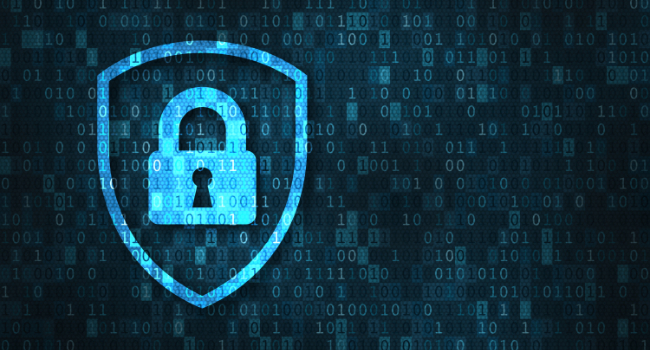
Work Anywhere, Secure Everywhere: 2025 Tech Predictions
Five years after the pandemic, organizations need a flexible work reset to stay productive and support any work arrangement.
Despite the pandemic-fueled workplace shift that began five years ago, companies across industries and geographies continue to increase flexible work configurations. However, many tools adopted during COVID onset remain in place today, and they now need a reset to keep employees productive and secure regardless of location. Security leaders must re-evaluate existing practices and reinvest in zero trust security, passwordless environments, and automation adoption to improve efficiency and productivity.
Best Way to Secure Your Team? Trust No One
Traditional security measures work on a perimeter basis–permitting access within a certain geographically-set area. Flexible working environments, however, leave certain employees without access or, worse, puts organizations at risk for data breaches.
Zero trust security protocols are a critical upgrade to require verification of access attempts regardless of location. Each time a party requests access to materials or workflows, they are reauthenticated–trusting no party or server. While larger enterprises already have zero trust architecture, midsize enterprises and smaller businesses haven’t yet adopted. In 2025, the first step towards better security is adopting zero trust to ensure that breaches and risks are mitigated and detected before they wreak havoc.
New Year, No Passwords.
In addition to zero trust, passwordless authentication is critical to eliminating one of the most exploited vulnerabilities in organizational security: passwords. Traditional query- and word-based passwords are highly susceptible to attacks such as phishing, credential stuffing, and brute force attempts, where compromised passwords can lead to unauthorized access and data breaches.
Organizations can significantly reduce these risks by moving to passwordless authentication, such as certificate-based methods like EAP-TLS. Instead of relying on shared secrets (passwords), certificate-based authentication uses digital certificates to mutually validate both the user and the network server.
Shifting Gears to Automatic
Automating security will put organizations one step ahead of risks, with a rapid response to threats, less human error, and the ability to resolve issues faster than ever. In a landscape where cyber risks grow more sophisticated daily, automation equips organizations with proactive and efficient mechanisms to safeguard their systems.
By integrating automation into cybersecurity strategies, security teams can address the dual challenge of managing complex IT ecosystems and defending against sophisticated cyber threats. This approach reduces risk and improves operational efficiency, enabling teams to focus on strategic initiatives rather than reactive firefighting. Specifically, automation ensures consistent application of security protocols, early detection, containment, and remediation of threats in real-time, rapid patch management to ensure compliance with security policies across all endpoints, and AI- and ML-assisted identification to spot anomalies and threats before they escalate.
Five years post-pandemic, companies must reset their flexible work tools, revise outdated practices, and implement security solutions to stay ahead of threats. First, they must reimagine access with more secure practices such as zero trust security and passwordless authentication to equip organizations to manage cyber breaches efficiently and effectively. These upgrades, paired with automation tools, further reduce the need for human monitoring and responses, so that threats can be detected and addressed as soon as possible to mitigate damage. A reset of IT security and remote work tools will keep businesses one step ahead of breaches, prevent downtime, and keep teams more productive than ever in 2025.
About the Author
Mark Lee is Splashtop CEO and Co-Founder.